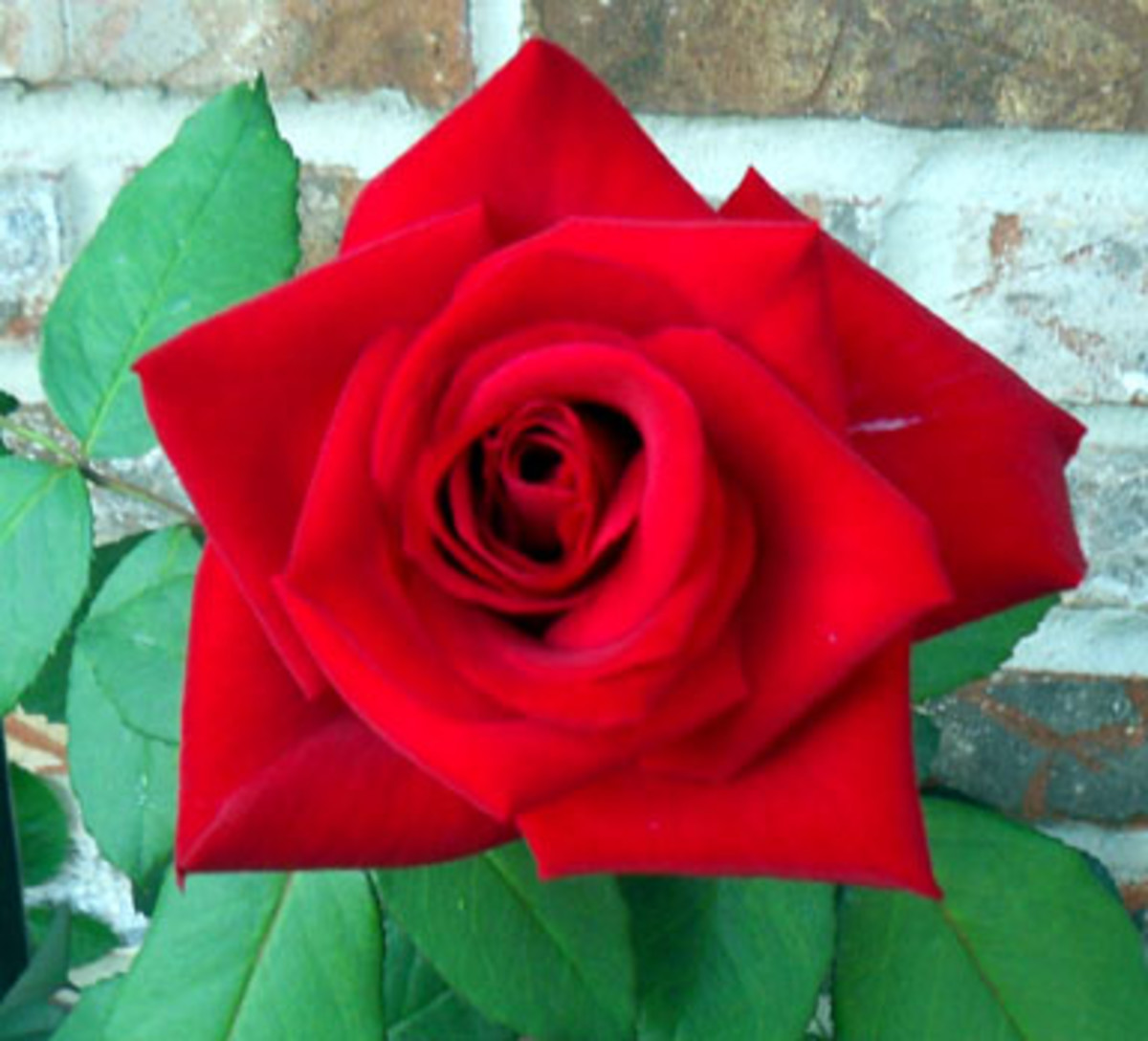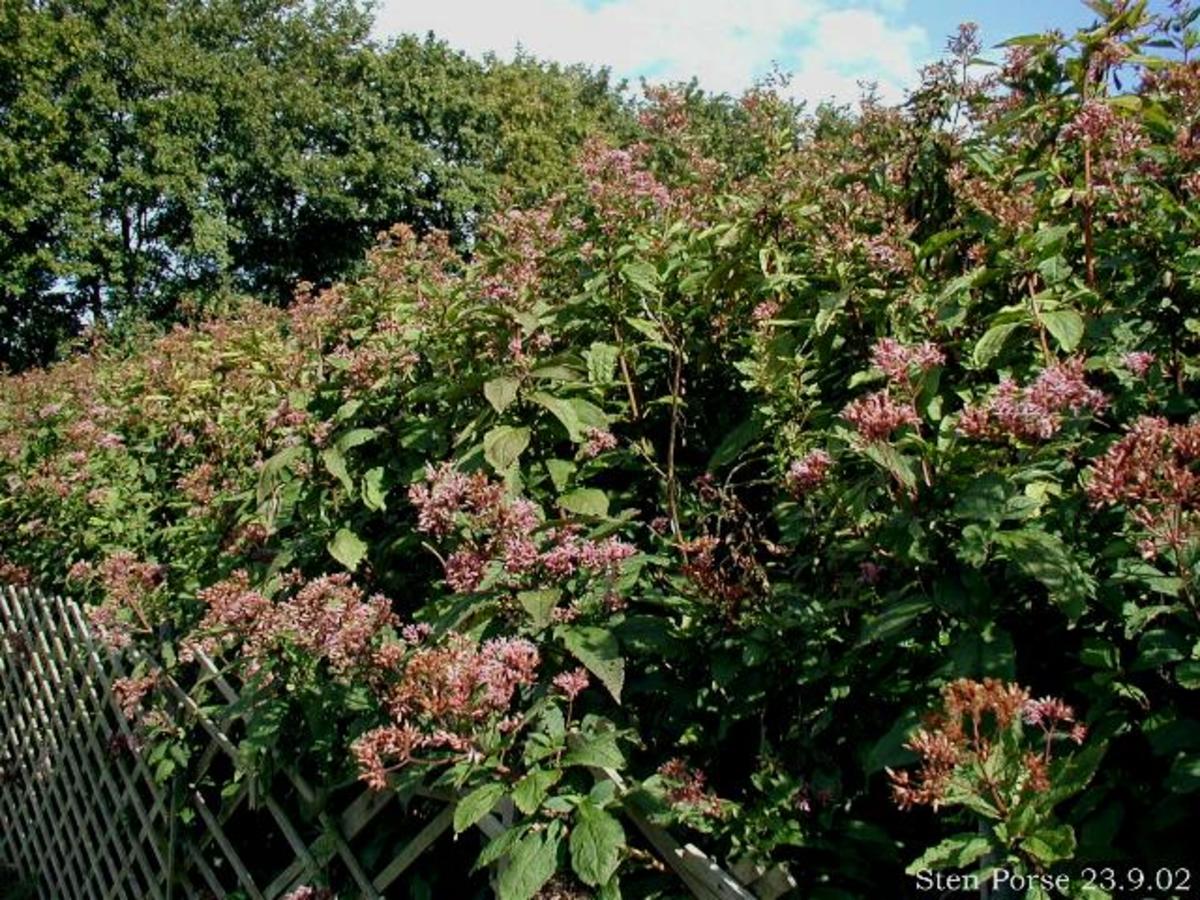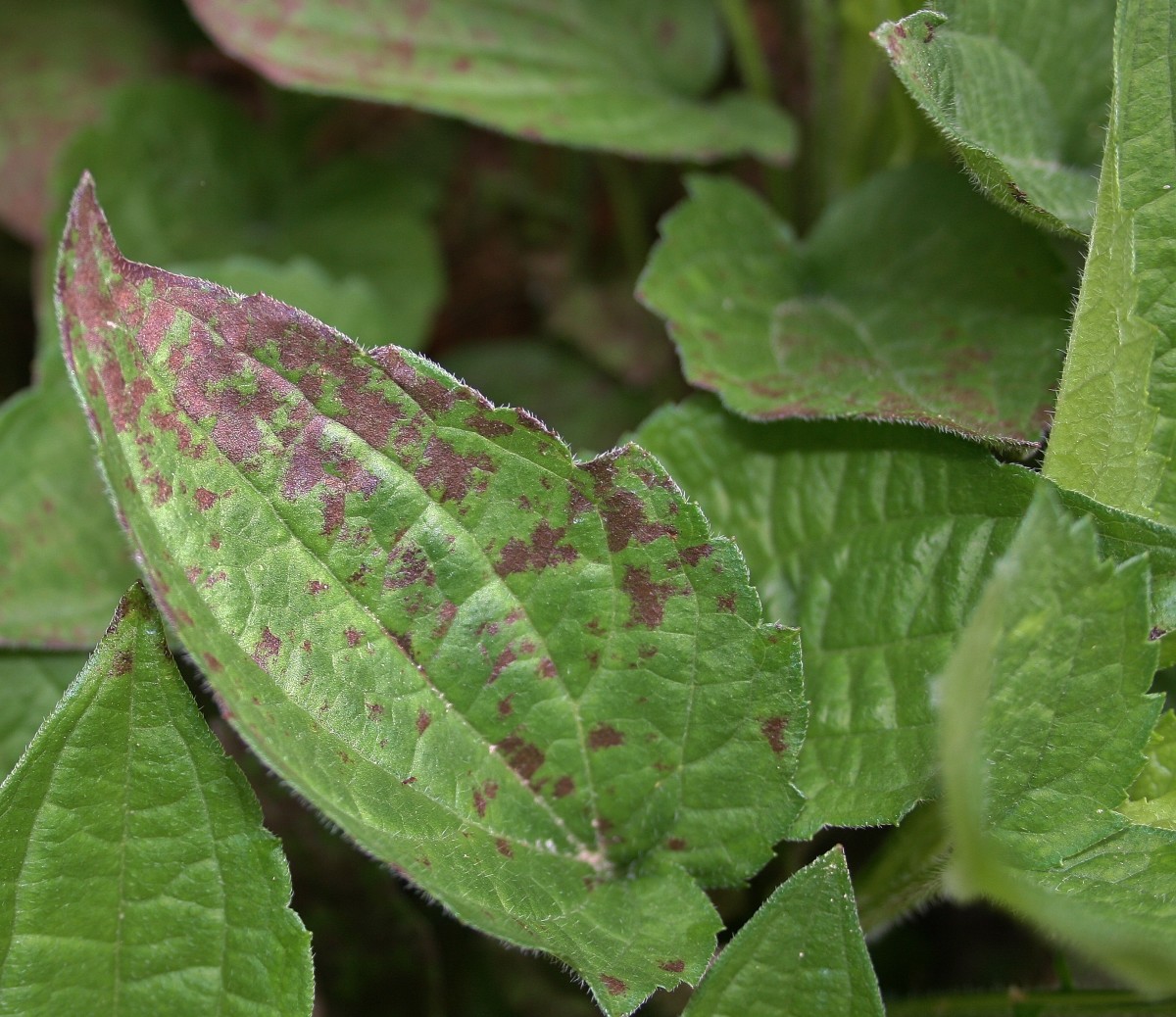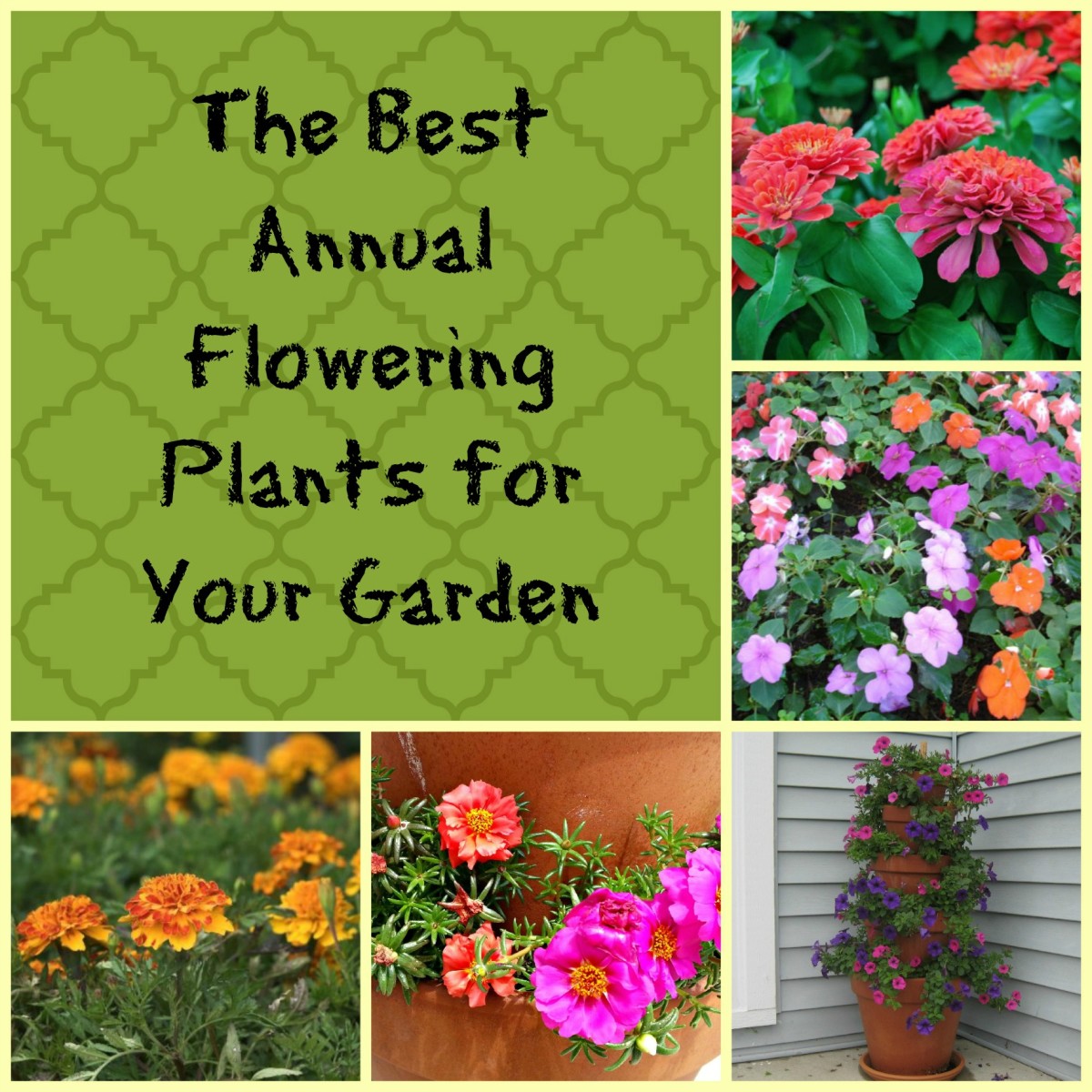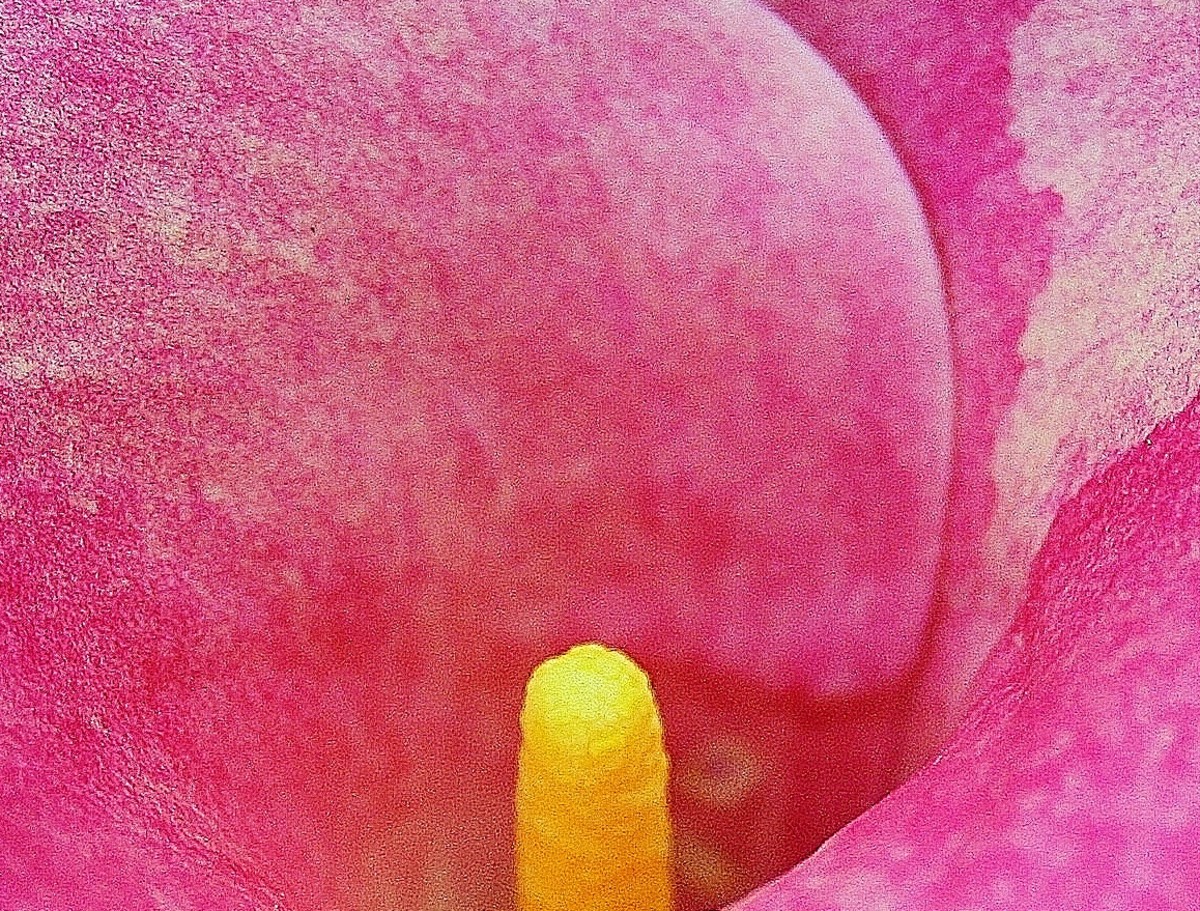Beautiful, Fragrant Flowers to Grow in the Spring and Summer Southern Garden
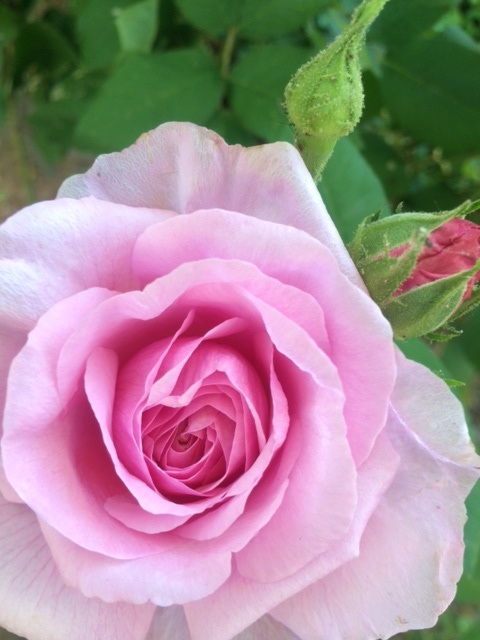
Choosing Fragrant, Beautiful Flowers to Grow in the Spring and Summer
There are varieties of plants that produce beautifully perfect fragrant flowers in the Southern garden.If you enjoy floral fragrances and would like to bring some of them to your garden, the following is a list of suggestions of the most fragrant, flowering plants to add to your Southern garden or any garden where the climate and the soil are conducive to the blooms. You can easily find more information on how to grow these flowers.
Roses. The rose is sure to come to mind immediately when thinking of fragrant Southern flowers. Contrary to popular belief, roses are not difficult to grow and you should not let intimidation prevent you from adding this deliciously soft fragrance to your garden.
The rose is one of the most easily identifiable fragrances. It’s delicate scent is the base of many of the most popular perfumes such as the timeless Joy, although the rose fragrance is just as popular as a solitary aroma.
Roses are also popular as an essential oil for use in cosmetics, both because of its scent and because of its purported healing properties. Some petals and other parts of the plant are also edible.
When choosing a rose, however, be sure that it is not only a pleasing color, but also actually has a fragrance. Some of today's roses do not. Choose damask, Bourbon, or China varieties which are heavily fragrant. Do a bit of research and don't be afraid to ask your local nurseryman for recommendations so that you don't end up with one of the varieties that are beautiful to look at but, sadly, lack the essence of the rose - the fragrance.
Roses - A Must for the Fragrant Southern Garden.
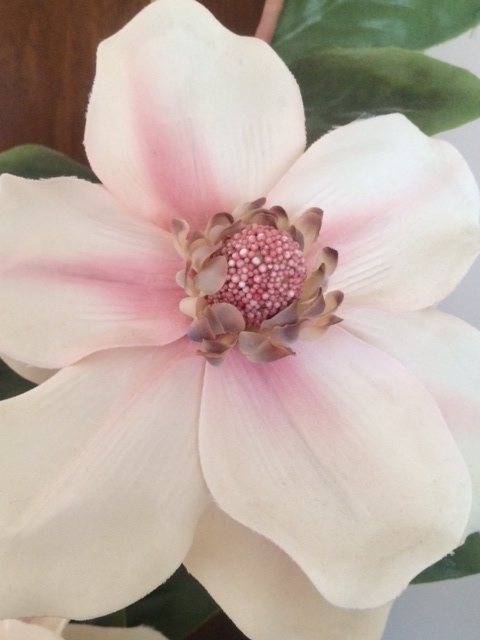
It is a golden maxim to cultivate the garden for the nose, and the eyes will take care of themselves.
— Robert Louis Stevenson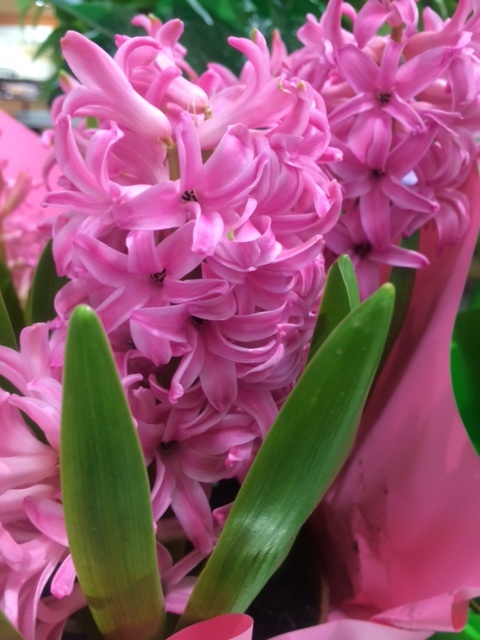
Magnolia Trees. The South is not the South without the magnificent magnolia tree. It just happens to be the state flower for Louisiana and Mississippi. It is everywhere in the Southern states. The flower is huge, usually creamy white (you can find it in red, purple or yellow) with a softly sweet fragrance. Although the tree grows slowly, its beauty and its fragrance are worth the wait.
Really do your homework when deciding which type of magnolia tree is best suited for your garden. Consult a good nursery or garden book to find a type that you like and plant it in a partially sunny to sunny spot.
Hyacinths. Hyacinths, a personal favorite because of their intense fragrance, are extremely easy to grow. They bloom early in the deep South. Plant the bulbs in the fall and be rewarded with purple, white, orange, yellow or pink blooms with a lingering scent that is unmistakable and a feast for the senses. The flowers look beautiful and scream spring when they bloom alongside daffodils and crocuses.
They are also grown in containers. When brought indoors, the fragrance of these delicately petaled flowers will infuse the room with its aroma that surpasses any artificial room freshener.
Viburnum. There are many species of viburnum that are wonderful additions to the Southern garden. The flowers can be white, cream or pink. The fragrances are mildly sweet. Work with a knowledgeable nursery or consult a good garden book to choose the variety that is best suited to your southern garden and your eyes and nose.
Verbenas. Verbenas are another easy to grow plant for your garden or your container garden. The plant is fairly drought tolerant and will bloom in summer and early fall. Planting along retaining walls can add interest and a very pleasing citrusy fragrance to the spot.
Petunias. Petunias are undoubtably the most prolific fragrant flower in the Southern gardens. In fact, it is one of the most popular annuals. Their popularity is due to their hardiness, easily blooming through the summer, and because they come in such a variety of colors, anywhere from deepest purple to purest white and a myriad of beautiful variegated colors in-between.
The petunia's fragrance is not particularly strong, but it is definitely distinctive and adds subtle, underlying, slightly pungent aroma as it mingles with the other stronger fragrances in the southern air.
Some of the New Wave varieties of petunias developed in the recent years create spectacular borders and hanging baskets as they literally form a brilliant wave of color. Grow them from seeds or from purchased plants. Simply choose your favorite colors and enjoy.
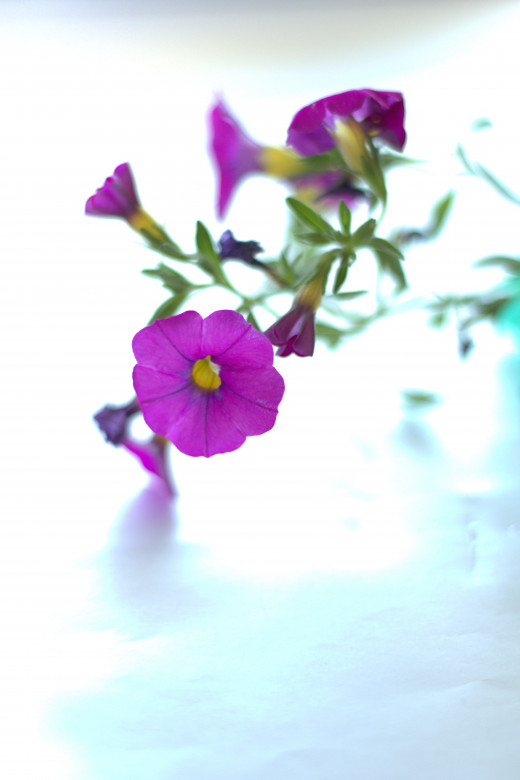
"I love things that are indescribable, like the...smell of the gardenia.
— Barbara Streisand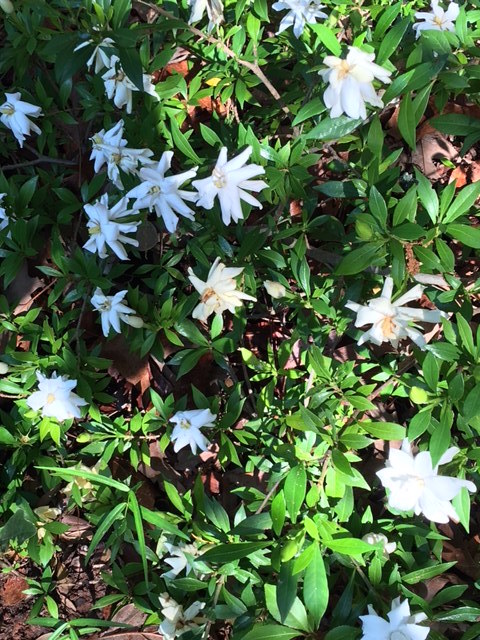
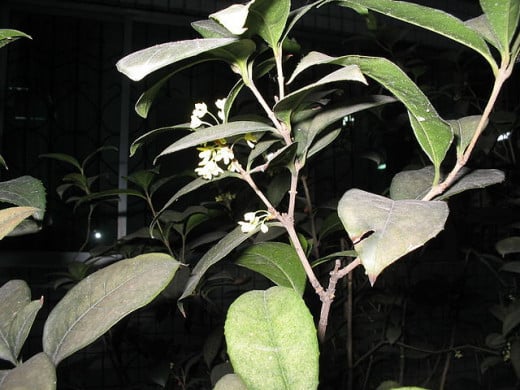
Tea Olives. The tea olive is ideal for hedges and plant screens. Surrounded by large, dark, waxy, pointed leaves, the fragrant little flowers are generally creamy white but can be deep yellow and orange. The fragrance of the tea olive is hard to pin down, but has been compared to the peach or jasmine. The plant is moderately drought tolerant and likes sun to medium shade. The variety of tea olive will determine the height.
Night-Blooming Jasmine. The intense fragrance of the night-blooming jasmine is a wonderful addition to the garden. It can also be grown indoors. Many gardeners strategically plant the night-blooming jasmine under windows or near the patios or decks so that the fragrance can be enjoyed on summer evenings. The scent is heady and blends well with the warm, sometimes heavy Southern air. It’s a scent that evokes strong memories for Southerners.
Gardenias. The scent of the gardenia is almost palpable and envelopes you with its sultry, sensuous, heady fragrance, so heady that for some, it can be overpowering. The fragrance is found as an ingredient in many perfumes and can be found as the sole fragrance of the perfume. Elizabeth Taylor's Gardenia is a perfect example of the fragrance of the gardenia a the solitary fragrance.
The gardenia is grown as a lone bush, but can also make a an astounding hedge of the most delicious, fragrant waxy white or cream colored flowers. The dwarf size gardenia is well suited for containers on the terrace or patio and will grow steadily, needing repotting after a few year. When well watered, it is relatively easy to maintain and any gardener will be rewarded with a fragrance that is not easily forgotten as you sip your morning coffee or enjoy you evening glass of mint julep.
Lilacs. Lilacs do not fare well in the deep South because of their affinity for the cold, but Southern states like Virginia and Maryland present excellent growing conditions for them. The fragrance from the lilac is often used alone as perfume because it is so distinctive and pleasant. They grow well in sunny, dry spots. A suggested planting spot, if at all possible, would near a window. As a teenager, I woke up to and read books to the delicious, delicate scent of that pale purple flower drifting on the breeze through my window in spring and early summer. When I relax and close my eyes, I am able to evoke the memories of that fragrance.
Wisteria and honeysuckle. Both plants grow prolifically in the South, seemingly at will, and they both smell divine. With its purple clusters hanging heavy like grapes and its vines twisting and clambering over anything it can find, wisteria is also a beautiful spring blooming plant.
Honeysuckles on the other hand, are small yellow flowers on a vine that also likes to climb along fences, over dead or live trees and over rocks. In other words, it grows wildly over just about everything. The nectar is sweet to the taste (when you master the art of getting to it) and the scent is unmistakable, often found in perfumes and lotions.
Both wisteria and honeysuckle can be bought at nurseries. However, you must be very careful if you decide to add either to your garden. Without diligent oversight, they can become uncontrollable and extremely difficult to get rid of, with roots that may sometimes damage pipes.
Kudzu. If you live in the South in the United States, the Kudzu plant is a very familiar, but not many would think of the plant's fragrance, nor can you find many gardeners who would voluntarily plant it. The plant is a bane and generally thought of as a curse with it's prolific growth and ability to take over anything it comes in contact with. Without a doubt, the fragrance is unmistakable and an August breeze will often waft by with its heavenly fragrance drifting on it. It is extremely easy but also risky to grow, And while it is popular in Japan, it's native country, Southern garderners steer clear. Better to happen upon it during your daily walk or on a hike.
These are just a few of the fragrant flowers that can be grown in most Southern gardens. Your favorite scents may be among the list here or there may be others that were not included. Fragrance is so personal, be sure to explore the scents before you decide to plant. For example, some gardeners are not particularly fond of the intensity of the gardenia’s fragrance, others may feel it's the closest thing to what heaven may smell like.
Even if you don't live in the South, many of the same fragrant flowers grow elsewhere in the country. Don’t be afraid to add a variety of fragrant flowers to your Southern garden, choosing plants not only by the scents but also by the blooming schedules. With that in mind you can enjoy delightful and memorable scents from Southern fragrant flowers from early spring until the first frost.
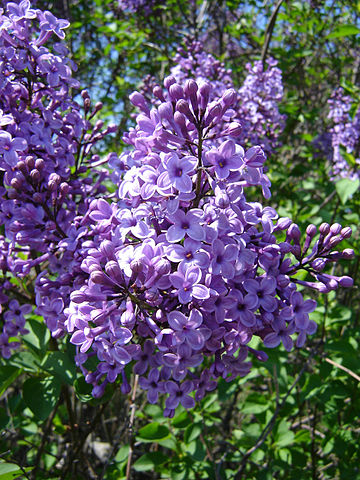
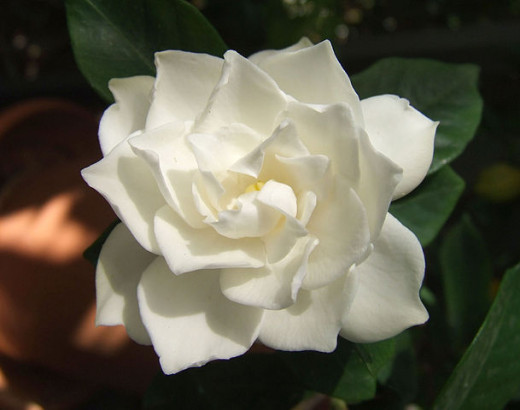
So many wonderfully fragrant flowers fill the Southern spring and summer air with heavenly scents literally wafting on breezes from the southern gardens or fields nearby. Every breath is a discovery of a new fragrance or a whiff of a familiar scent, as welcome as a visit from an old friend. Often, the combination of fragrances trigger memories - some sweet, some happy, some sad.
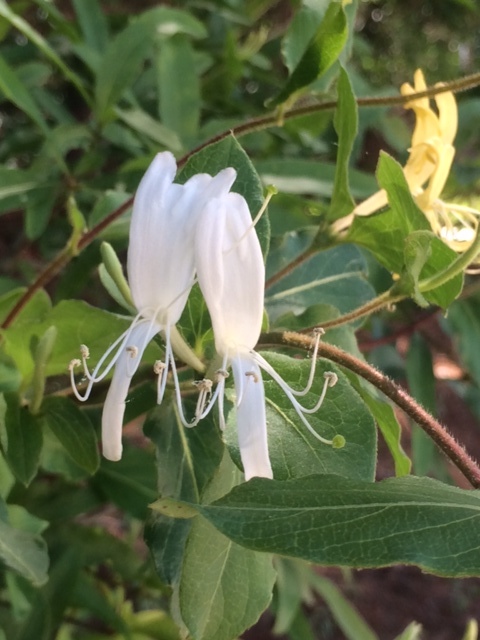
Name that Flower
What is your favorite floral fragrance?
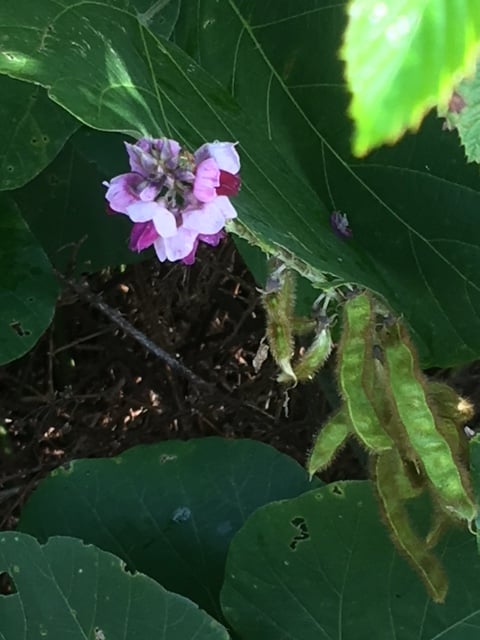
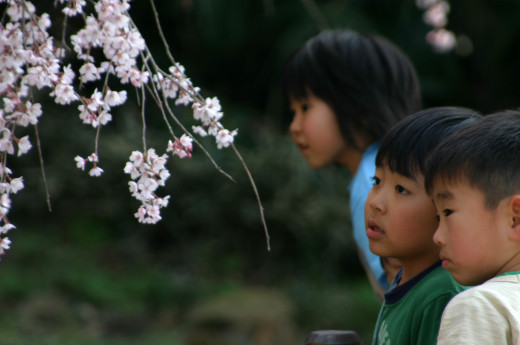
Planting Zones in the US - Updated 2012
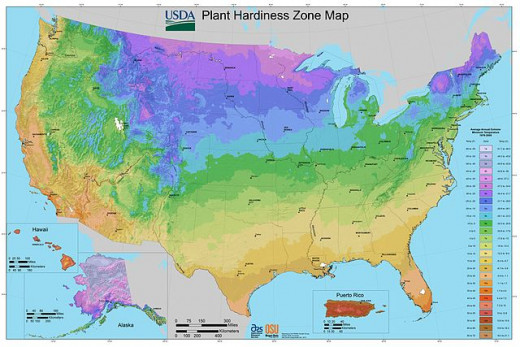
This content is accurate and true to the best of the author’s knowledge and does not substitute for diagnosis, prognosis, treatment, prescription, and/or dietary advice from a licensed health professional. Drugs, supplements, and natural remedies may have dangerous side effects. If pregnant or nursing, consult with a qualified provider on an individual basis. Seek immediate help if you are experiencing a medical emergency.
© 2014 Cynthia B Turner


